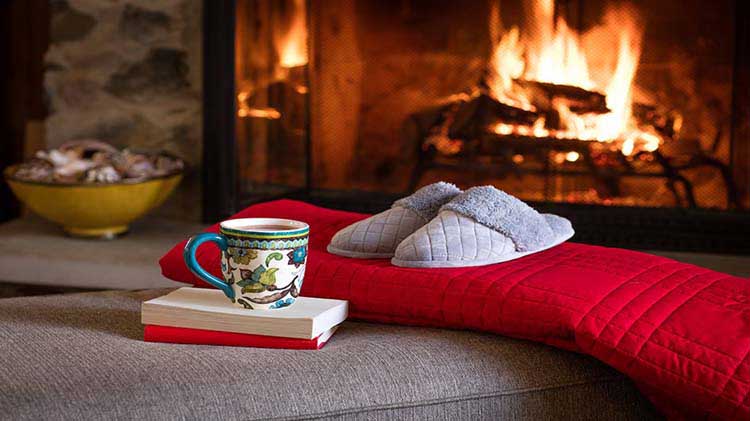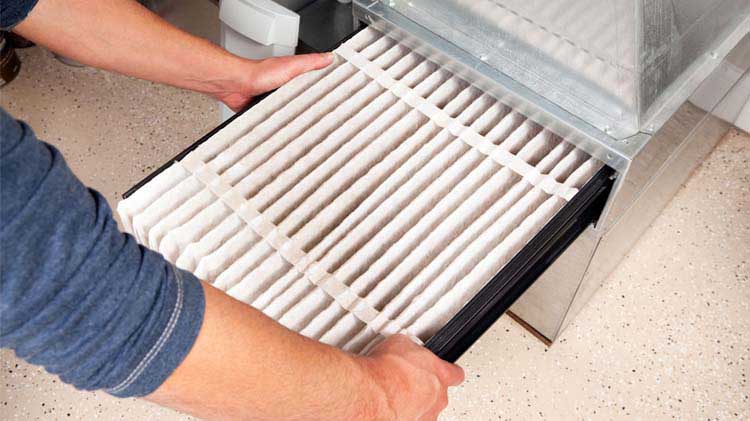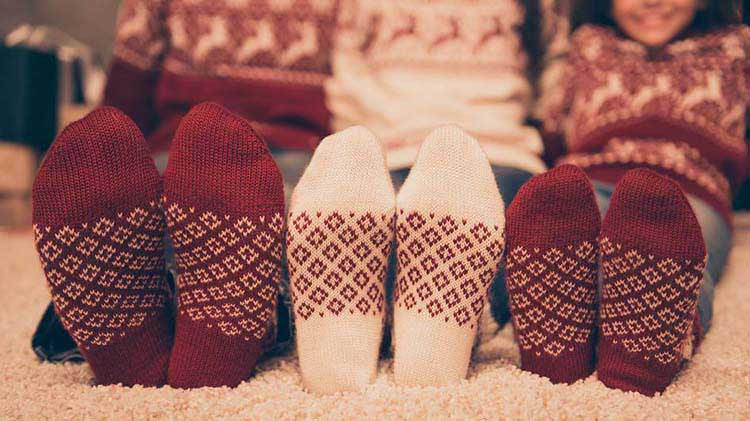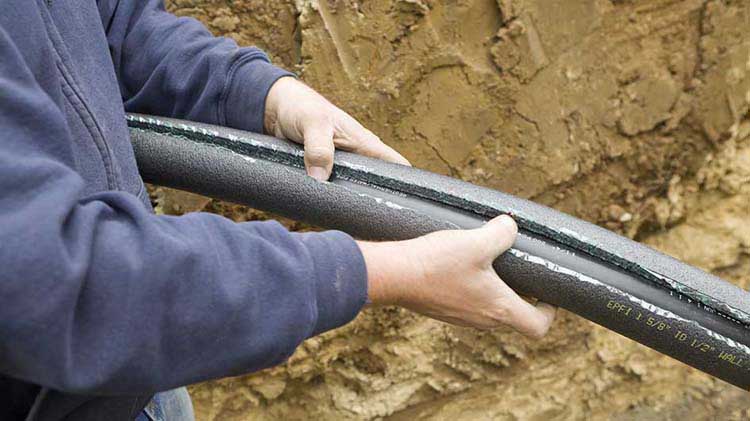Furnace tips for extreme cold
During unusually cold days your furnace can work harder than usual. Read more about furnace tips in extreme cold weather.
If you live in an area that typically doesn't experience extreme freezing weather, the heating system in your home may have trouble keeping up. The furnace in newer homes will likely struggle to maintain temperature. Older homes will find it more difficult to maintain the temperature and the temperature will likely drop while the heating system is working at full capacity.
Tips to prepare your home for extreme cold or a winter storm
Below are some tips outlining how to prepare for a winter storm and help keep your home more comfortable during extremely cold temperatures:
- Raise the temperature in your home 2 to 4 degrees above your normal setting.
- During the frigid times, take all programmable thermostats out of setback mode and set on a permanent HOLD around 70 degrees Fahrenheit.
- Keep garage doors closed.
- Limit opening exterior doors.
- Close your window drapes and blinds.
- Make sure air vents and radiators are not blocked or obstructed.
- Keep furnace vents leading outside near ground level clear of snow or ice.
- If you have a fireplace without glass doors, don't use it during extreme cold weather since most of the heat goes up the chimney.
- Utilize ceiling fans to push warm air down.
- Consider dressing in layers.
Tips to prepare your furnace for winter
Since your heating system or furnace will probably be running constantly throughout the winter, here are some things you should consider doing every year:
- Maintain your furnace for efficiency.
- Schedule regular furnace inspections and maintenance.
- Routinely replace the furnace filter.
- Check for leaks to help prevent carbon monoxide from entering your home.
- Change the battery and set the programmable thermostat.
If the temperature in your home is dropping and your boiler system radiators are hot, or you have hot air coming out of your vents with furnaces, there is no need to worry. Your furnace is doing all it can. Make sure that your heating system continues to operate.
Remember, if the temperature drops in your home, the furnace may not be able to recover until temperatures rise and the wind-chill diminishes. Put your thermostat on hold 70 degrees Fahrenheit or higher so the furnace does not strain to catch up.
Other ways to help minimize temperature loss in your home
To help minimize temperature loss you can boil water, make soup or stews; they help introduce humidity and warmer temperatures into your home. Do not use your oven or a grill to heat your home.
Space heaters are a great way to add additional warmth to larger rooms such as a living room or family room. Follow the manufacturer's instructions and warning labels when utilizing. You should only use space heaters as a supplemental heat source. Never use a space heater to cook, dry clothes, warm bedding or thaw pipes resulting from the extreme cold.
Help prevent problems while away from home
If you're going out of town or are a "snowbird" during the winter months, leave your heater running, but at a lower temperature than you'd normally keep the thermostat. You can set the thermostat between 65 and 70 degrees Fahrenheit. This ensures your house stays warm enough that you don't have to worry about frozen pipes. Also, have a neighbor check your home daily, until you return. During extremely cold weather, your furnace can become strained and malfunction. Your neighbor can watch for signs of furnace distress and warn you of the rising issue.




